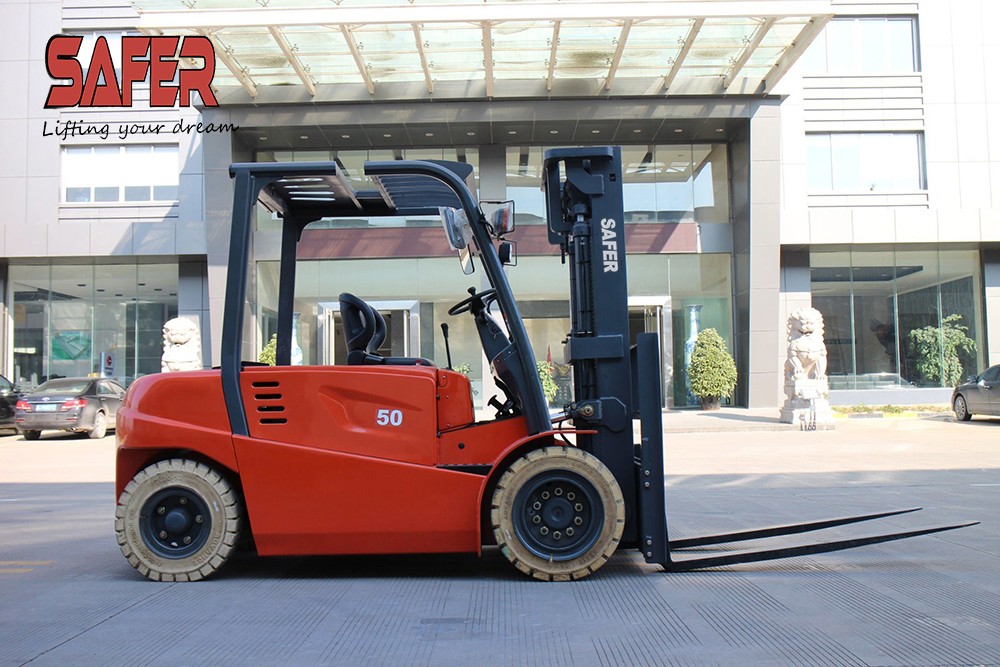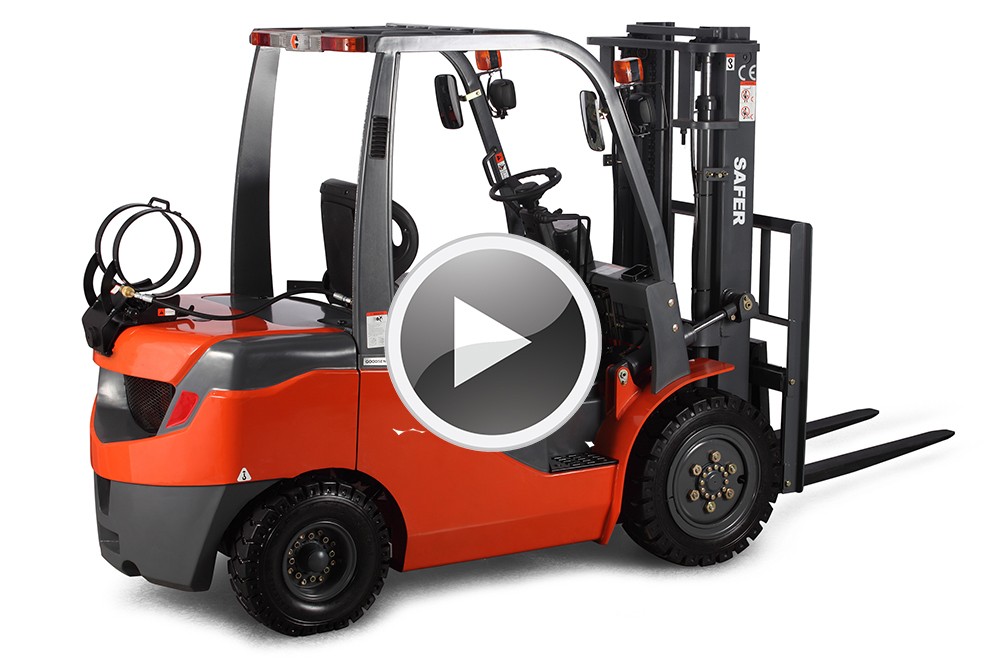Shanghai Saferlifts works closely with customers from a wide range of applications around the world and has accumulated a wealth of material handling expertise. We are happy to share this knowledge with our customers. Recently, Shanghai Saferlifts shared a lot of expertise at an event held by Briggs Equipment.
Briggs International is one of the world's largest distributors of material handling equipment for Shanghai Saferlifts. Headquartered in Dallas, Texas, Briggs is an international company with offices in the United States, Mexico and the United Kingdom.
Recently, Shanghai Saferlifts and Briggs Equipment jointly organized the Material Handling Tire Experience Day. In the meantime, four seminars were held covering a wide range of topics, including Briggs, which included tire products, wear and damage, and four-wheel alignment of tires. The Trelleborg team and 45 employees from Briggs Equipment participated in this highly acclaimed seminar.
Which rules help to extend the life of forklift tires is one of the topics discussed at the seminar. Do you and your colleagues know these 8 rules?
Come check it out!
1. Choose the right tire for the forklift operation
Choosing the right tire is the first step in ensuring the best performance of industrial solid tires. The application conditions of the material handling service should determine the type of equipment and tires to be used. Maximizing industrial tire life is only possible with suitable tires on forklifts designed for service applications.
2. Regularly check the tires
Tire inspections at least once a week - if possible, should be checked daily. Pay attention to and remove broken glass, nails, embedded metal shavings, etc. on the tires. Inspections found that tire treads are irregularly worn or worn too quickly, often due to mechanical failures such as brake failure or four-wheel alignment. If found, please correct it immediately.
3. Regularly lubricate the forklift
Proper lubrication, especially lubrication of the engine and brake system, will ensure that the truck is free to roll and reduce tire resistance without slipping. Avoid excessive lubrication as grease and oil spills are harmful to most rubber compounds.
4. Adjust the brake
Wheels are part of the braking system of many vehicles. A brake failure can cause the brake to lag and generate a lot of heat, which can cause problems such as a tire burst.
5. Check shaft alignment and steering
Regularly check the positioning of the steering gear and shaft to avoid rapid or irregular wear and delamination of the tire.
6. Keep the tires clean
Make sure that the tires and the truck are kept clean enough to avoid damage to the tires due to debris falling into the gap between the tires and the truck.
7. Mount the tire in the center of the wheel
If the tire is not properly mounted on the wheel, it will cause the tire to slip.
8. Use the right equipment
Do not use a vehicle that is too small to carry out the cost compared to the handling work in order to save costs or temporarily. Overloading of the vehicle may be unsafe and cause damage to the forklift, tires, driver and the goods being carried.
Pre:Exhaust truck exhaust emissions are not normal, the reason is here!
Next:Tire barcode and RFID traceability solutions



